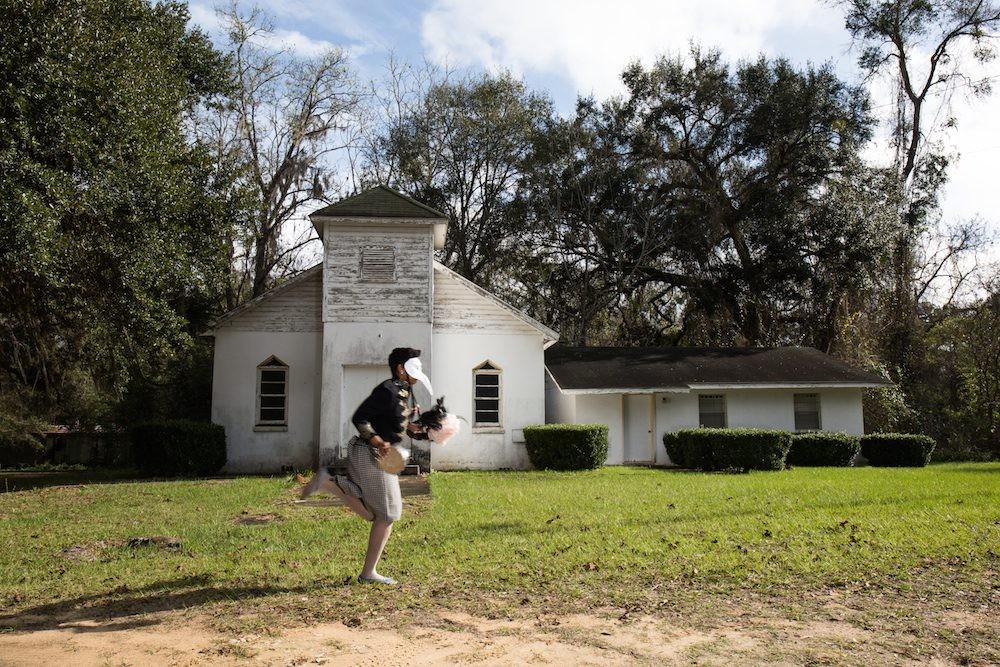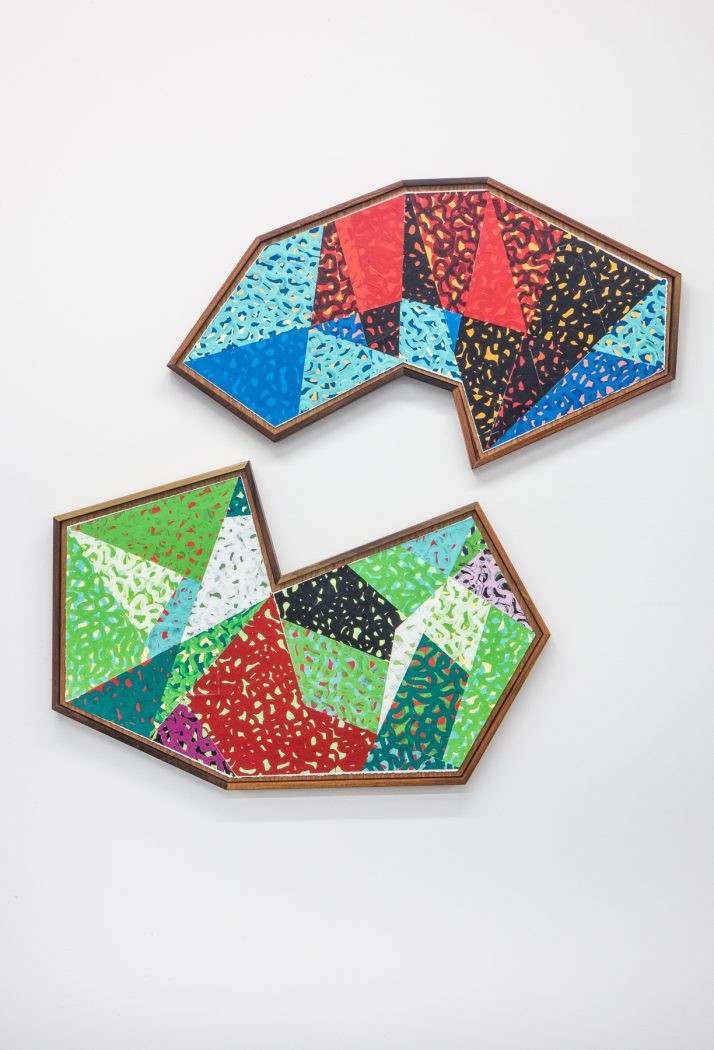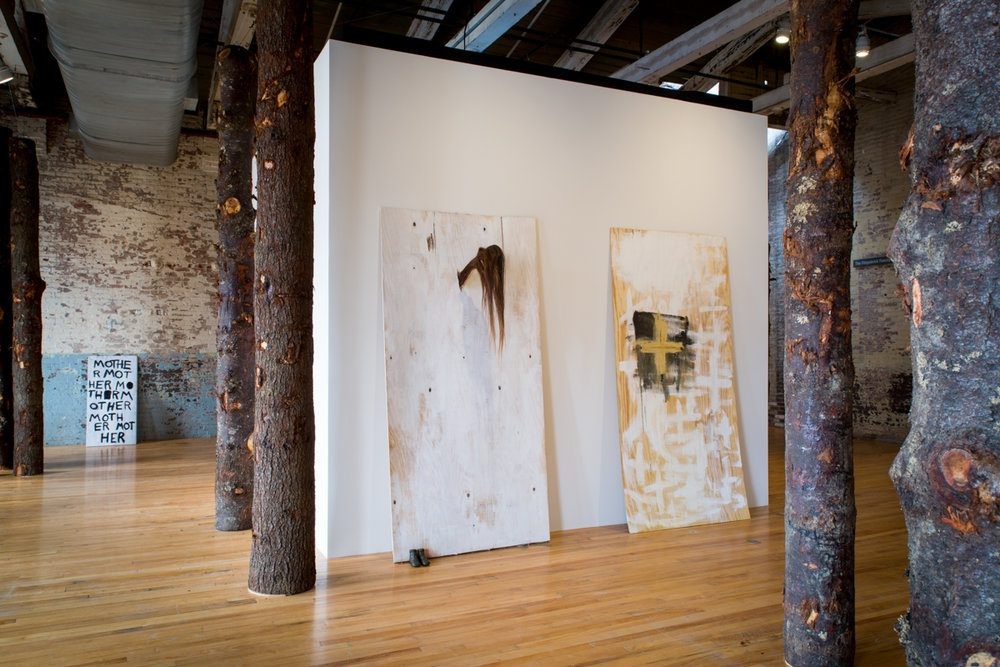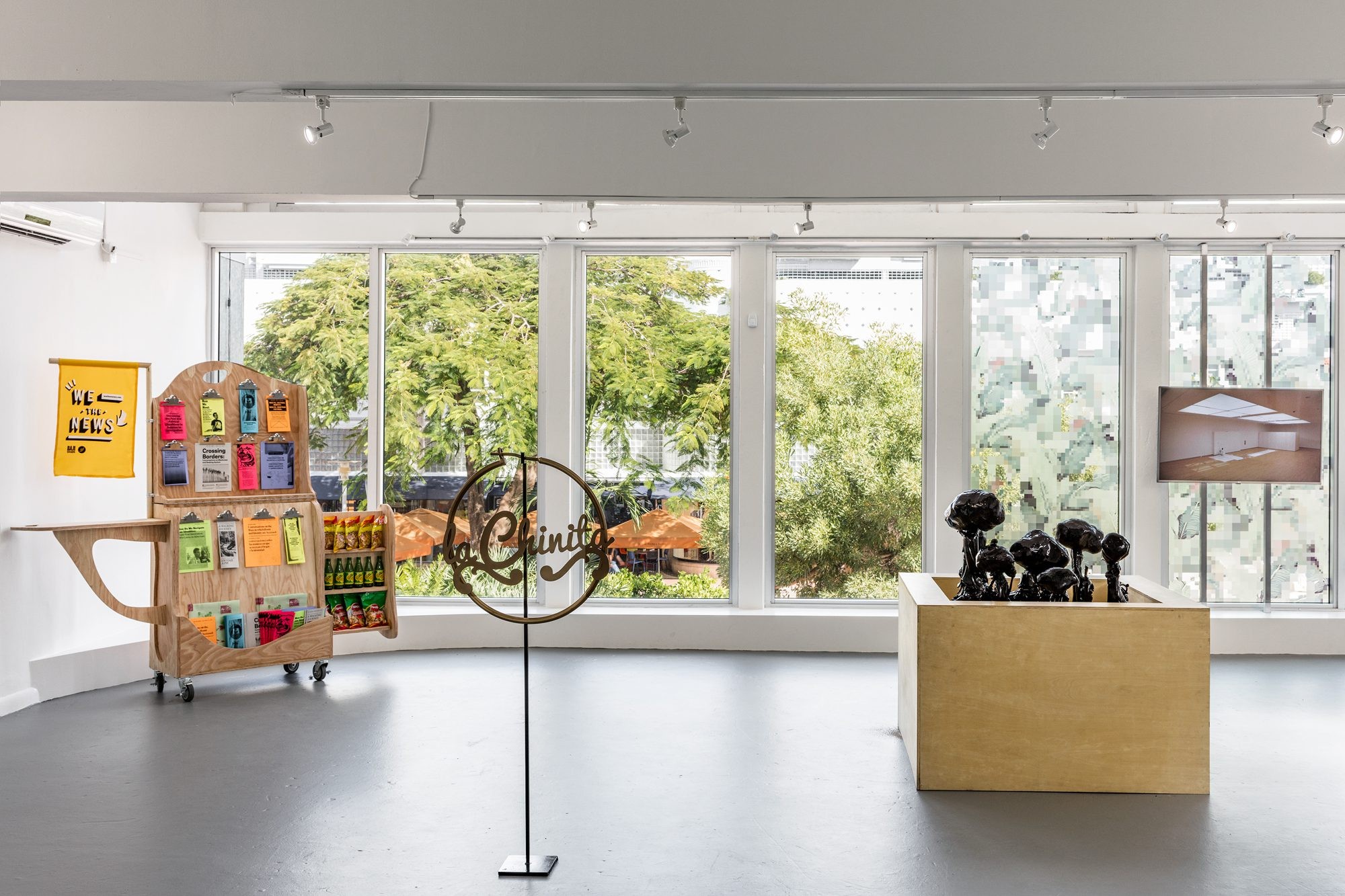Traveling Through Unknown Territories

02 January 2019
Magazine C& Magazine
5 min read
C&: Kerouac’s book, On the Road, is centered on the performance of a particular subset of white masculinity. You have used that title for your current series exhibiting works by artists who don’t live that reality. That’s an interesting interplay with the narrative. Larry Ossei-Mensah: It’s all about culture for me, growing up in the …
C&: Kerouac’s book, On the Road, is centered on the performance of a particular subset of white masculinity. You have used that title for your current series exhibiting works by artists who don’t live that reality. That’s an interesting interplay with the narrative.
Larry Ossei-Mensah: It’s all about culture for me, growing up in the South Bronx, I’m a first generation Ghanaian-American and I’ve tried to be in close proximity to things that remind me of my childhood. I’m also trying to understand how people in other spaces truly express themselves. With On the Road, the intention is to create a series with artist that could be from Miami, Houston, or San Juan. I’m interested in bringing them together to see what triangulates the relationship. That’s what I’m excited about, the continual inquiry.

<figcaption> Esau McGhee, Untitled Gentrified Urban Skyline #1, and Untitled Gentrified Urban Landscape #1 2018. Screen print and ink on archival paper, framed in African mahogany, wenge, black walnut, poplar, and walnut, 23 1⁄4 x 23 1/4 in. each and 29 3⁄4 x 41 3⁄4 (109.9 x 59.1 cm). Courtesy by the Artist and Jenkins Johnson Projects
It wasn’t easy to start with. Unless you’ve studied English or literary studies, people don’t expect you to do a deep dive on a text like that. It’s emblematic of the society we live in. When you look through Travel + Leisure magazine, you can be 99 percent certain you’re not going to see a Black person. Whereas when you look at Travel Noire, there’s clearly a community of people of color who are traveling, who are educating themselves with these experiences.

<figcaption> Allison Janae Hamilton, Pitch, 2018. 12 foot pine logs, Site specific dimensions. Courtesy the artist.
C&: In the catalog that accompanied the Allison Janae Hamilton exhibition you co-curated with Susan Cross, she talks about a place being “a state of mind, a continuum that connects the past with the present.” What exactly does she mean by that?
LOM: Allison is really thinking of Southern landscapes, of labor and cultural production. It’s a very specific lens she’s looking through because she’s thinking about the environment and challenging this narrative about being urban and Black. You have a significant amount of people of color in rural places. When I think of my family in Ghana, I have some in the city, some in the village. It also comes back to my training: I didn’t study art history; to me it’s all visual culture. A painting is like a film is like an ad. They’re designed to trigger an emotion or ask a question. I’m attracted to artists who are asking complex questions. The first show that excited me intellectually was The House of Campari in 2008, with the It artists of the moment. I saw Titus Kaphar, Rashid Johnson and Nina Chanel Abney. I felt like I had been sleeping before, it was an awakening.
C&: The founding of your cultural collective ArtNoir speaks to a very specific politic, I wonder how that informs your curatorial approach.
LOM: ArtNoir is an extension of my practice. We unofficially started in 2013 with field trips to Art Basel in Miami. I got together a group to go and see shows, starting with Yinka Shonibare. It began as a way to get more people who look like me to see art. A lot of that had to do with access, education, and exposure to it. It was cultivating the next generation of collectors and patrons of color.

<figcaption> Installation view Parallels, 2018. Photo: Anastasia Samoylova. Courtesy of ArtCenter South Florida.
I also wanted to explore: How do you create spaces in which you don’t have to perform? Because, unfortunately, as a person of color you’re constantly performing for someone. So, how do you create a space where you can be your full self and let your hair down? Where there are no silly questions and you’re meeting people who are similarly creative and curious. A lot in my life is about connecting people, to help them actualize their dreams or ideas, and it’s the same role I have as a curator. Hans Ulrich Obrist said the curator’s job is to help the artist’s dreams come alive. For me there’s romance in that but there’s also a fascinating call to action. Right now I’m thinking about Parallels and Peripheries, another series for artists who are on the periphery, about concepts that are on the margins. Toni Morrison talks about the periphery being the center, I want to utilize platforms to explore that. Whether its gender-nonconforming, PoC, LGBTQ, there will always be folks on the margins. And that’s what excites me to be able to provide a platform for these dynamic voices.
The exhibitionOn The Road: Caroline Kent, Basil Kincaid, Esau McGhee curated by Larry Ossei-Mensah is still on view until 12 January 2019 at Jenkins Johnson Gallery in NYC.
Larry Ossei-Mensah is a Ghanaian-American independent curator and cultural critic
Nan Collymore writes, programs art events and makes brass ornaments in Berkeley California. Born in London, she lives in the United States since 2006.
This text was commissioned within the framework of the project “Show me your Shelves”, which is funded by and is part of the yearlong campaign “Wunderbar Together (“Deutschlandjahr USA”/The Year ofGerman-American Friendship) by the German Foreign Office.
Read more from

Maktaba Room: Annotations on Art, Design, and Diasporic Knowledge




